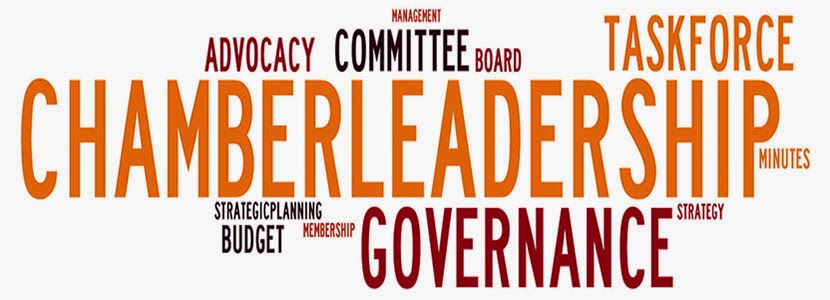I attended a fascinating ACCE webinar, on the title of this blog post, with CEO's with experience on the subject matter.
The topic of mergers has been around for a while, but now more than ever, the discussion is happening more and more, in communities around the country.
The following are my notes in a rapid-fire discussion based on their presentation.
They started by discussing both the anatomy of a merger and the challenges of a merger.
Anatomy of a Merger
Challenges of a Merger
They couldn’t stress enough that stakeholders, from both entities, need to be involved in the process, (i.e. task forces, committees) to help the merger with the key questions.
They did discuss options such as a contract for services model prior to a formal merger (think dating before getting married), as well as, the bank model where you centralize certain services (HR, membership, Finance, CRM), and have branches to serve the community.
A couple of final comments on lessons learned and best practices from the panelists included:
For an article from ACCE on the subject go HERE.
- You need two strong chambers and two strong CEO’s.
- You can build a bigger, better and stronger chamber for the community.
- What can you do better together? Advocacy, programming, sponsorships, etc.?
- Desperate or aspirational? That’s the bottom line when chambers are thinking about a merger. Mergers will have a better chance if they are aspirational.
- Hire an outside consultant to facilitate the hard questions (knowing that each CEO could facilitate a discussion, but it allows a 3rd party to say the things that need to be said, while keeping/leaving the CEO’s whole).
- One committee to do board due diligence (keep it small), and make sure you have representatives from both chambers on that committee.
- Identify the sacred cows of each chamber.
- What are the non-negotiable's (i.e. no staff lay-offs, etc.)?
- Should both offices be retained with new name?
- Should the new chamber be led by co-CEO’s? Not the best model but a big hurdle for most mergers would be removed, in the short-term.
Challenges of a Merger
- Voting volunteers off the board.
- Who is the new CEO or do you have co-CEO’s (as stated above)?
- Both chambers need to agree.
- Most mergers will have chambers coming to the table from different positions, one is usually hurting more than the other.
- If the chambers come from a competitive background with each other, that’s a big hurdle to get over.
- The other challenge is when missions don’t align of the two chambers.
They couldn’t stress enough that stakeholders, from both entities, need to be involved in the process, (i.e. task forces, committees) to help the merger with the key questions.
They did discuss options such as a contract for services model prior to a formal merger (think dating before getting married), as well as, the bank model where you centralize certain services (HR, membership, Finance, CRM), and have branches to serve the community.
A couple of final comments on lessons learned and best practices from the panelists included:
- Listen to your stakeholders;
- All parties need to be at the table;
- Make a business case;
- Get advice from your peers across the country that have gone through the process; and finally
- Hold us harmless (a company pays what they paid both chambers at least during the first year).
For an article from ACCE on the subject go HERE.


